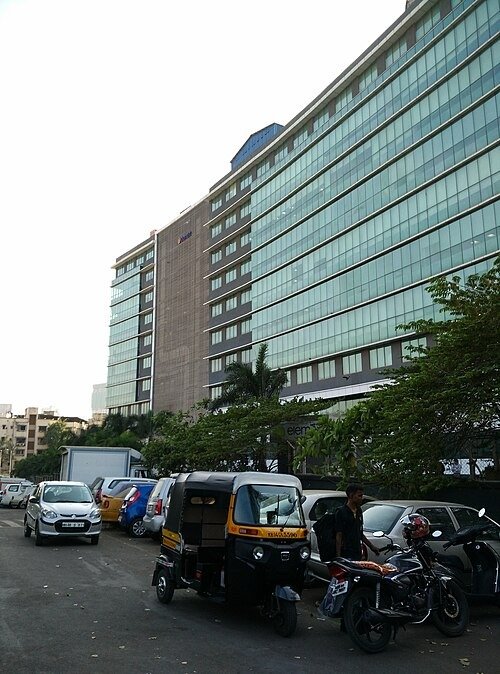In its latest Emissions Gap Report, the United Nations Environment Programme (UNEP) paints a stark picture of the world’s failure to curb greenhouse gas emissions. The report, titled “Broken Record: Temperatures Hit New Highs, Yet World Fails to Cut Emissions (Again),” finds that predicted emissions in 2030 must be reduced by at least 28-42% compared to current scenarios to keep global warming within the Paris Agreement’s limits of 2°C and 1.5°C, respectively.
The report highlights the urgency of the situation, noting that the world is on track for a global average temperature rise of 2.5-2.9°C above pre-industrial levels unless countries take immediate and drastic action to reduce emissions. This alarming increase in temperature would have severe and far-reaching consequences for the planet, causing more extreme weather events, rising sea levels, and widespread environmental degradation.
Despite the dire warnings, the report also acknowledges some progress since the Paris Agreement was signed in 2015. For instance, projected emissions in 2030 based on existing policies have decreased from 16% to 3%. Additionally, the global implementation gap for 2030 has narrowed to 1.5 GtCO2e for unconditional Nationally Determined Contributions (NDCs) and 5 GtCO2e for conditional NDCs.
However, the report underscores that these improvements are not enough. To limit global warming to 1.5°C, the world must significantly ramp up its emissions reduction efforts in this decade. Delaying action will only increase the need for carbon dioxide removal from the atmosphere, a costly and technologically challenging process.
The report warns that if countries continue on their current trajectory, global warming will reach 3°C this century. Even if all unconditional NDCs are implemented, warming would still reach 2.9°C. Only in the optimistic scenario where all conditional NDCs and net-zero pledges are met could the 2°C goal be achieved.
The report emphasizes that all nations must accelerate their transition to low-carbon economies. It acknowledges that low- and middle-income countries (LMICs) face significant challenges in this transition but highlights opportunities they could seize, such as leapfrogging to cleaner technologies and harnessing their renewable energy potential.
The first Global Stocktake at the upcoming UN Climate Change Conference (UNFCCC COP 28) will provide a critical opportunity to assess progress and build new ambition. Countries should use this framework to inform their next round of NDCs, with targets for 2035, which should be submitted in 2025.
The Emissions Gap Report is a stark reminder of the climate crisis we face and the urgent need for action. The world must heed this warning and take immediate and decisive steps to reduce emissions and avert a catastrophic future.
Author Profile

-
Dr. Perumal Koshy writes on economic transitions, small enterprise ecosystems, and development policy, with a focus on inclusive entrepreneurship and systemic change. His work draws from a background in Area Studies and SME research, with writings published in UN Today, Financial Express, Indian Express, and ERENET Journal. He serves as Editor of Global SME News and leads strategic initiatives at The Enterprise Institute and the Enterprise Futures Lab, where he works at the intersection of enterprise, policy, and knowledge systems. Through TDW Publishing, he supports independent voices and enterprise scholarship across the Global South.
Linkedin: https://www.linkedin.com/in/caushie/
Twitter: https://twitter.com/pkoshyin
Latest entries
 Entreprenurs21 August 2025Entrepreneurship, Values, and Corporate Governance: Building Nations, Not Just Profits
Entreprenurs21 August 2025Entrepreneurship, Values, and Corporate Governance: Building Nations, Not Just Profits Africa13 August 2025 A New Landmark Report Calls for Rethinking SME Policies, Digital Readiness, and Sustainable Growth
Africa13 August 2025 A New Landmark Report Calls for Rethinking SME Policies, Digital Readiness, and Sustainable Growth Business7 August 2025Authoritarianism Begins at Work: Why Businesses Must Guard Against the Psychology of Control
Business7 August 2025Authoritarianism Begins at Work: Why Businesses Must Guard Against the Psychology of Control FEATURED31 July 2025What Startups Can Learn from Family Businesses—And Vice Versa
FEATURED31 July 2025What Startups Can Learn from Family Businesses—And Vice Versa













